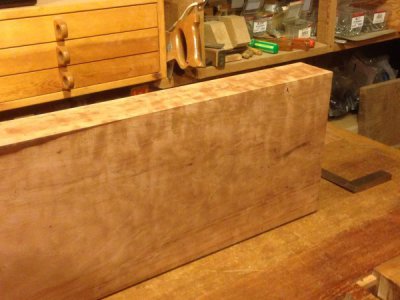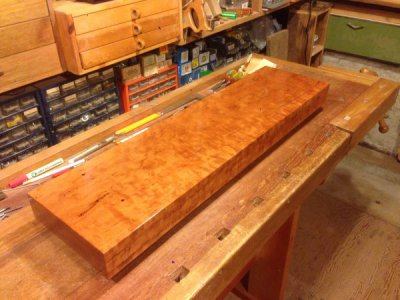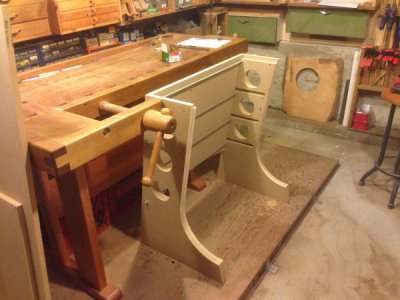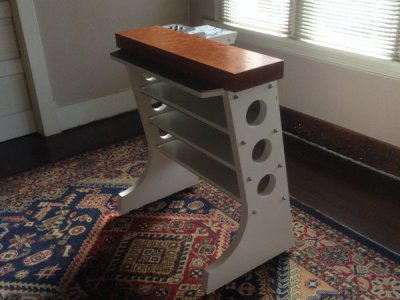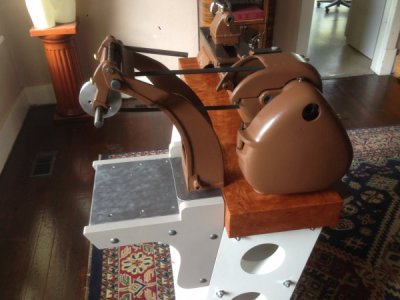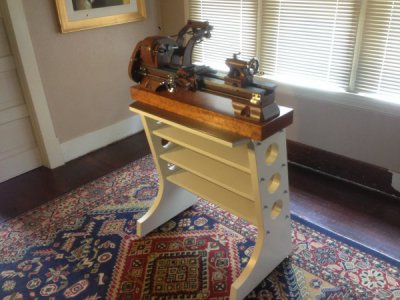Made more parts. Many of the apron parts had suffered damage either before or during the fire. The parts on the inside of the apron though, remarkably, were completely unscathed. Half nuts, traverse gear, etc in like new condition. Hand-wheels and knobs, melted and misshapen.
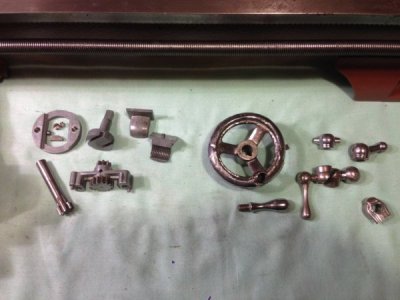
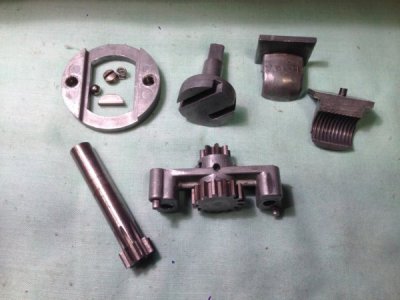
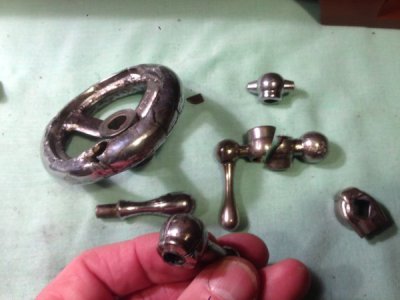
The half nut lever was broken and missing for the most part, so I made another from a scrap of hot rolled mild steel. I got a nice fit on the square hole to shaft so I got away with just peening to hold things together. The knob was a light press fit.
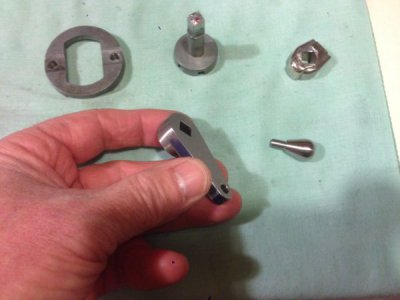
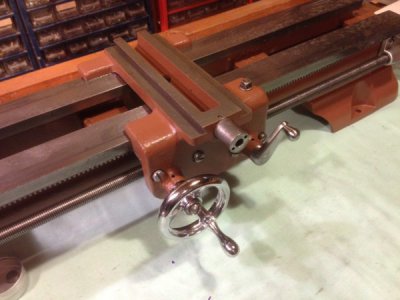
I just happened to have a brand new M-23 handwheel that came with my MF milling machine, so I used it for the traverse on the carriage. I'll install the heat-damaged one on the tailstock where it's not as frequently used.
The ballcrank off the cross slide was a different matter though. It was heavily damaged to begin with, and I also had to slice it in order to get it off the lead screw so there wasn't much to salvage. Yes I could have purchased one, but I opted to try making one instead. There were some challenges as far as holding the part and how to achieve certain shapes, but in the end it worked out acceptably. My silver solder job was less than perfect but I'm trying not to dwell on it. I was able to reuse the handle and press it into my new crank so that saved a bit of time.
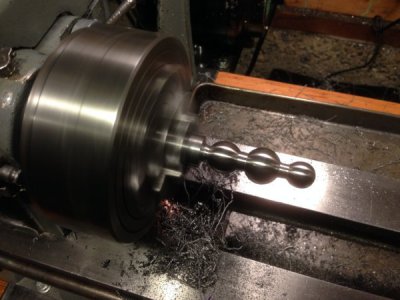
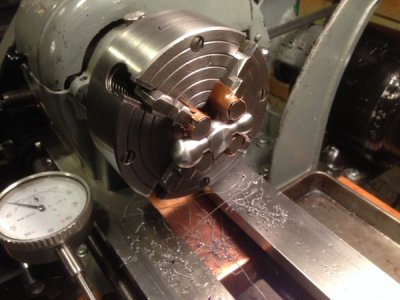
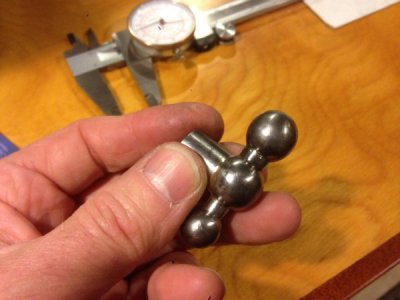
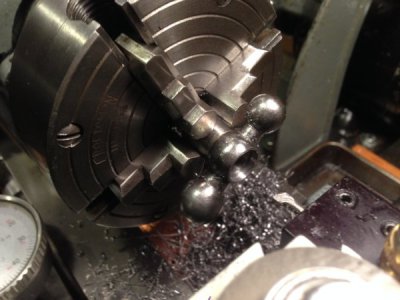
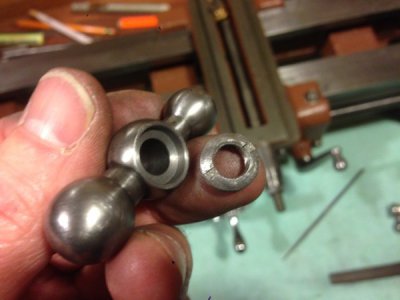
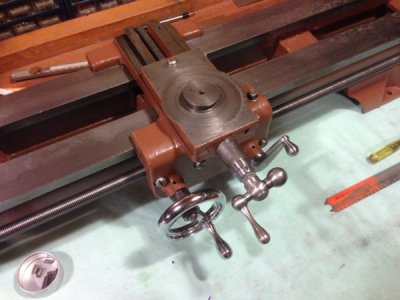
And finally the tailstock. The two segments that pinch against the tailstock quill to lock it had been fused into the casting from the heat of the fire. They had actually started to drip out the bottom of the bore. Needless to say, I couldn't reuse those and had to make a couple new ones. I thought about aluminum but went with 360 brass instead, thinking that the brass will be less likely to gall in the holes. Used the sine plate on the milling table for cutting the angle on the ends, worked good.
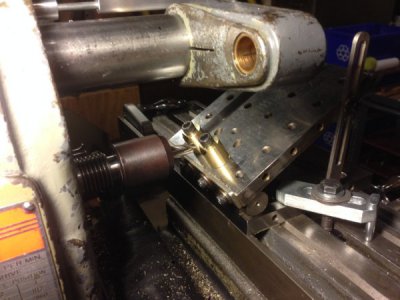
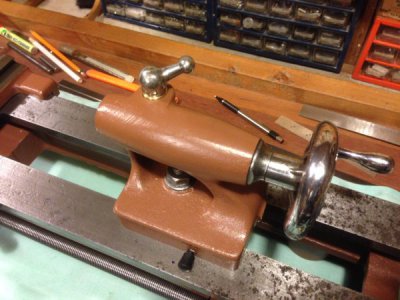
So here we are looking more or less lathe-like again. I'm still missing a compound casting, some pulleys for the countershaft and motor, as well as a stand or bench to mount everything on. Oh, as well as a place to set it. First things first, though.
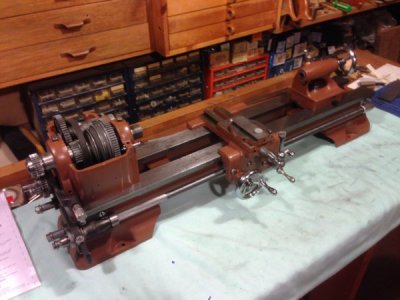
Thanks for looking!
-frank















